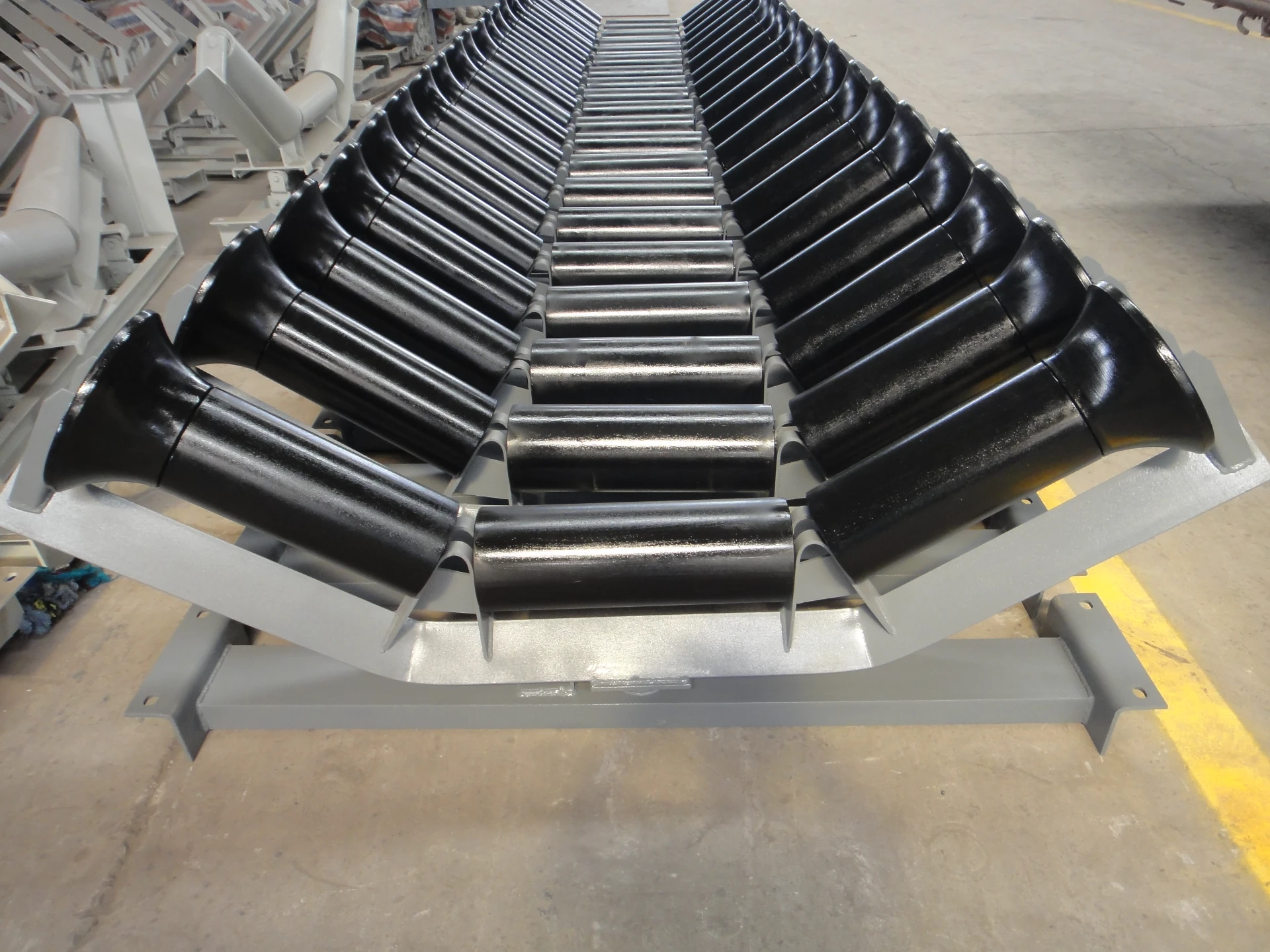 Afrikaans
Afrikaans  Albanian
Albanian  Amharic
Amharic  Arabic
Arabic  Armenian
Armenian  Azerbaijani
Azerbaijani  Basque
Basque  Belarusian
Belarusian  Bengali
Bengali  Bosnian
Bosnian  Bulgarian
Bulgarian  Catalan
Catalan  Cebuano
Cebuano  Corsican
Corsican  Croatian
Croatian  Czech
Czech  Danish
Danish  Dutch
Dutch  English
English  Esperanto
Esperanto  Estonian
Estonian  Finnish
Finnish  French
French  Frisian
Frisian  Galician
Galician  Georgian
Georgian  German
German  Greek
Greek  Gujarati
Gujarati  Haitian Creole
Haitian Creole  hausa
hausa  hawaiian
hawaiian  Hebrew
Hebrew  Hindi
Hindi  Miao
Miao  Hungarian
Hungarian  Icelandic
Icelandic  igbo
igbo  Indonesian
Indonesian  irish
irish  Italian
Italian  Japanese
Japanese  Javanese
Javanese  Kannada
Kannada  kazakh
kazakh  Khmer
Khmer  Rwandese
Rwandese  Korean
Korean  Kurdish
Kurdish  Kyrgyz
Kyrgyz  Lao
Lao  Latin
Latin  Latvian
Latvian  Lithuanian
Lithuanian  Luxembourgish
Luxembourgish  Macedonian
Macedonian  Malgashi
Malgashi  Malay
Malay  Malayalam
Malayalam  Maltese
Maltese  Maori
Maori  Marathi
Marathi  Mongolian
Mongolian  Myanmar
Myanmar  Nepali
Nepali  Norwegian
Norwegian  Norwegian
Norwegian  Occitan
Occitan  Pashto
Pashto  Persian
Persian  Polish
Polish  Portuguese
Portuguese  Punjabi
Punjabi  Romanian
Romanian  Russian
Russian  Samoan
Samoan  Scottish Gaelic
Scottish Gaelic  Serbian
Serbian  Sesotho
Sesotho  Shona
Shona  Sindhi
Sindhi  Sinhala
Sinhala  Slovak
Slovak  Slovenian
Slovenian  Somali
Somali  Spanish
Spanish  Sundanese
Sundanese  Swahili
Swahili  Swedish
Swedish  Tagalog
Tagalog  Tajik
Tajik  Tamil
Tamil  Tatar
Tatar  Telugu
Telugu  Thai
Thai  Turkish
Turkish  Turkmen
Turkmen  Ukrainian
Ukrainian  Urdu
Urdu  Uighur
Uighur  Uzbek
Uzbek  Vietnamese
Vietnamese  Welsh
Welsh  Bantu
Bantu  Yiddish
Yiddish  Yoruba
Yoruba  Zulu
Zulu Exploring Wing Pulley Lagging Techniques for Enhanced Performance and Durability
Understanding Wing Pulley Lagging Enhancing Conveyor Efficiency
In the realm of bulk material handling, the efficacy of conveyor systems is paramount. One critical component that significantly affects conveyor performance is the wing pulley. Often overlooked, the lagging on these pulleys plays a pivotal role in ensuring optimal functionality, durability, and safety. This article explores wing pulley lagging, its benefits, types, and maintenance considerations, providing an in-depth understanding of how it enhances conveyor systems efficiently.
What is a Wing Pulley?
A wing pulley is a type of pulley designed with a series of wings that extend outward from the central hub. These wings are specifically engineered to facilitate the movement of materials while reducing the risk of material buildup. Wing pulleys are commonly used in various applications, particularly in belt conveyors, where they can effectively minimize belt slippage, improve material discharge, and enhance the overall operational efficiency of the conveyor system.
The Importance of Lagging
Lagging is a material applied to the surface of a pulley, particularly where the conveyor belt makes contact. It serves multiple purposes
1. Increased Friction Lagging increases the coefficient of friction between the pulley and the conveyor belt. This increased friction is critical in preventing belt slippage, especially in high-tension applications.
2. Protection The lagging layer protects the underlying structure of the pulley from wear and tear caused by material abrasion and environmental exposure. This prolongs the life of the pulley and, consequently, of the entire conveyor system.
3. Improved Traction When load conditions change, or when the conveyor operates on inclines, enhanced traction offered by lagging prevents the belt from slipping and losing efficiency.
4. Noise Reduction Lagging can also help in reducing noise generated during material handling, contributing to a quieter work environment.
Types of Lagging
There are several types of lagging materials, each suitable for different applications and environments
wing pulley lagging

1. Rubber Lagging This is the most common type, known for its excellent grip and resistance to wear. Rubber lagging is particularly effective in wet or slippery conditions.
2. Ceramic Lagging Often used in high-wear applications, ceramic lagging offers superior durability and is capable of handling the most abrasive materials. It is an ideal choice for mining and heavy-duty applications.
3. Polyurethane Lagging Known for its resilience and resistance to various chemicals, polyurethane lagging is suitable for industries involving corrosive materials. It offers an excellent balance of durability and performance.
4. Steel Lagging While less common, steel lagging can be used in extreme applications where maximum durability is required. It is often utilized in sites with severe environmental conditions.
Maintenance Considerations
To ensure the longevity and efficiency of wing pulleys and their lagging, regular maintenance is essential. Here are some key practices
1. Inspection Regular inspections for wear and damage are crucial. Check for cracks, tears, or excessive wear on the lagging material. Early detection can prevent more extensive damage and costly downtime.
2. Cleaning Keeping the pulleys clean from accumulating materials can help maintain the effectiveness of lagging and prevent slippage.
3. Alignment Ensuring that the conveyor system is properly aligned reduces stress on the pulleys and lagging, extending their lifespan.
4. Replacement When lagging becomes excessively worn or damaged, timely replacement is necessary to maintain operational efficiency.
Conclusion
Wing pulleys equipped with appropriate lagging are crucial to the performance of conveyor systems. By increasing friction, protecting the pulley, improving traction, and reducing noise, lagging promotes effective material handling in various industrial applications. Understanding the types of lagging and their maintenance can lead to enhanced equipment longevity, reduced operational costs, and improved safety on site. Investing in quality wing pulley lagging is not merely an option but a requirement for businesses seeking to optimize their material handling processes and remain competitive in an ever-evolving industry. As technology advances, so too will the methods and materials used in lagging, ensuring that the future of conveyor systems remains efficient and effective.
-
Revolutionizing Conveyor Reliability with Advanced Rubber Lagging PulleysNewsJul.22,2025
-
Powering Precision and Durability with Expert Manufacturers of Conveyor ComponentsNewsJul.22,2025
-
Optimizing Conveyor Systems with Advanced Conveyor AccessoriesNewsJul.22,2025
-
Maximize Conveyor Efficiency with Quality Conveyor Idler PulleysNewsJul.22,2025
-
Future-Proof Your Conveyor System with High-Performance Polyurethane RollerNewsJul.22,2025
-
Driving Efficiency Forward with Quality Idlers and RollersNewsJul.22,2025





























